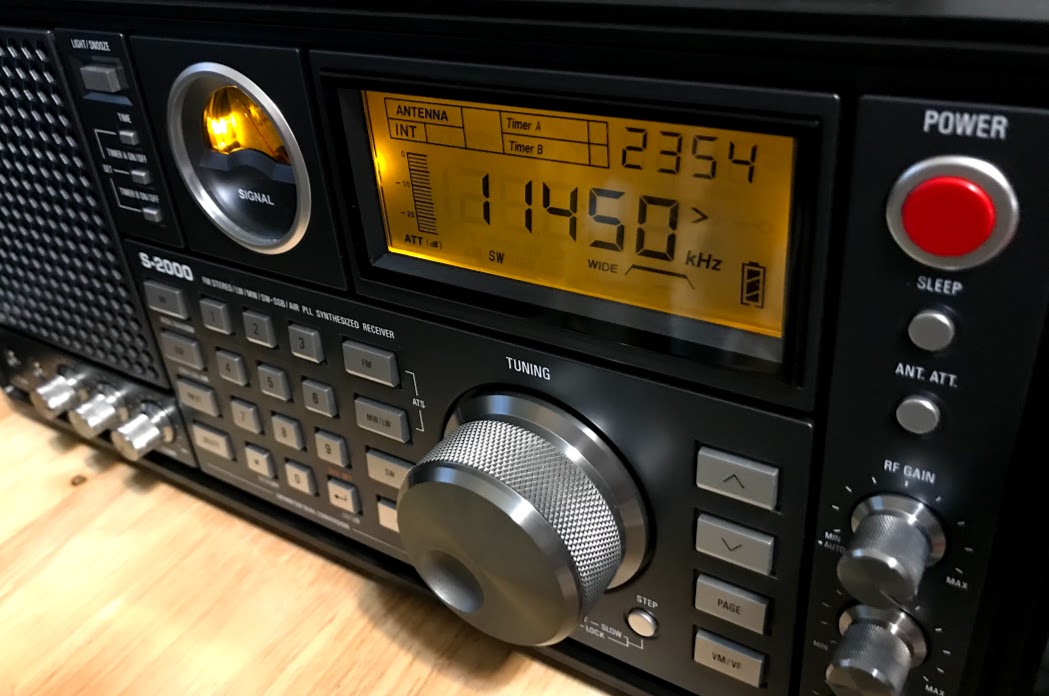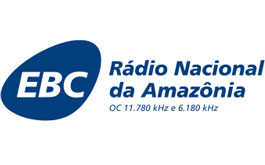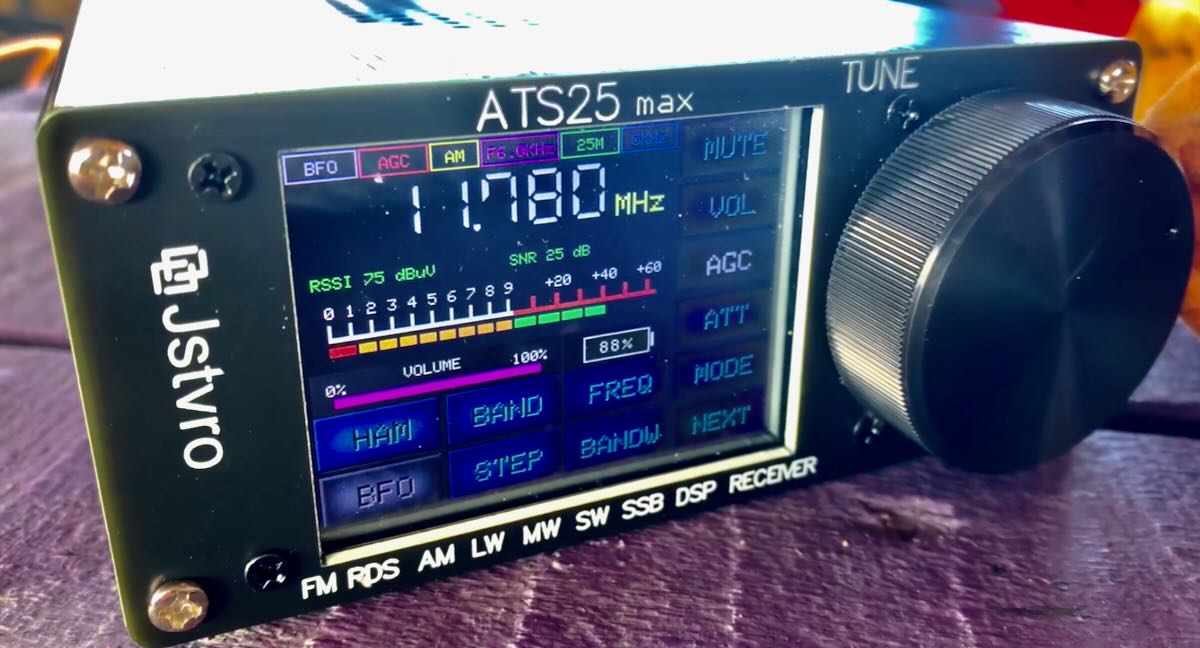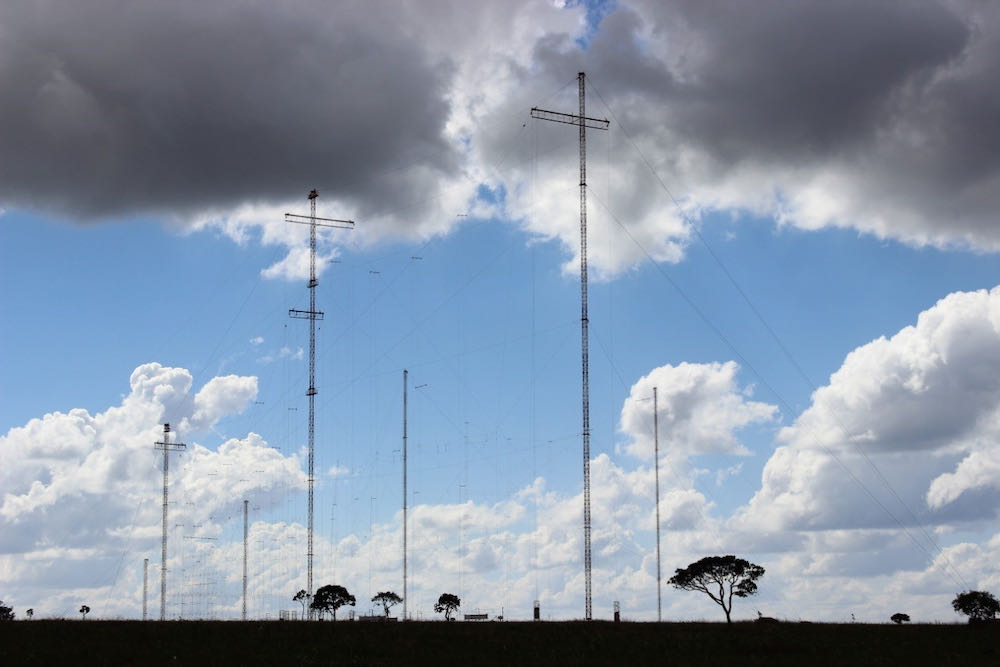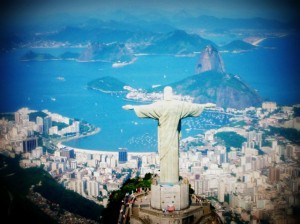Fifty years ago, there were dozens, if not hundreds, of Brazilian shortwave signals to hear on shortwave. As with the rest of the world, this is no longer the case. However, especially with the advent of remote SDRs to assist with the enjoyment of the DXing hobby, there are still a number of stations broadcasting from Brazil that are well worth a listen, even if you don’t understand Portuguese. Here is a sampling of what can be heard in 2025.
Radio Nacional da Amazonia 6180 and 11780 kHz
This is perhaps the easiest station to hear for overseas listeners. They run high-powered transmitters and have been widely reported in many parts of the globe. The station began a short daily broadcast in English and Spanish in late March, but I’m not sure if this is still going, as I haven’t checked recently. Here is a recording from April 18:
The transmitter power used by the next two stations is unknown, so the use of a remote SDR to hear them well may be required. Overseas listeners can look for them anyway, but note that their schedules seem to be irregular. Broadcasts consist mostly of popular music with frequent station ID’s in Portuguese between selections.
Radio Ancora (free radio?) Bahia, Brazil 6200 kHz
Recording 1 – September 13, 2025 at 2337 UTC:
Recording 2 – September 13 at 2358 UTC:
Recording 3 – September 14, 2025 at 0223 UTC:
Online presence here: https://ancoraonline.wshost.com.br/timetable
Radio Casa (free radio?) Amparo, Brazil 5900 kHz
Recording 1 – September 16, 2025 at 2020 UTC:
Recording 2 – September 16, 2025 at 2015 UTC:
Recording 3 – September 24, 2025 at 2200 UTC.
Online presence here: https://radiocasa.net/
The last two stations should be audible to DXers outside Brazil.
Radio Inconfidencia, Belo Horizonte, Minas Gerais 6010 and 15190 kHz
With 5 kW of power, Radio Inconfidencia gives a full identification in Portuguese at the top of most hours that includes callsigns, frequencies, and location. It is on the air around the clock.
Radio Inconfidencia full ID recording – September 16 at 2158 UTC on 15190 kHz:
Radio Inconfidencia second recording – September 15 at 2353 UTC on 15190 kHz:
Radio Voz Missionaria, Camboriu SC 5940 and 9665 kHz
Using 10 kW of power from the south of Brazil, Radio Voz Missionaria should be heard, at least on occasion, in many parts of the world. This station also operates 24 hours a day.
Recording – Radio Voz Missionaria – April 23 at 2357 UTC on 9665 kHz:

